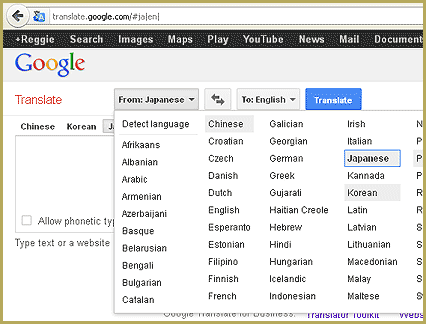


Even though it's a more polite version of morau 貰う ( もら ), it's not much more polite if you don't conjugate the plain form (itadaku) into the polite form (itadakimasu).įor example, the politeness of these sentences is basically the same:īut conjugate them into the polite form and itadakimasu becomes much more polite than moraimasu: It’s like saying, "I’ll take it," in a polite way.īe aware of your politeness level when using itadaku. You can use itadaku when you're offered an actual physical thing. If it's a physical object being offered to you, you can use itadaku to receive it. Gloves, video games, tire irons, wigs, replacement basketball nets, you name it. It’s like you are saying, "I’ll take it," in a polite way. There are certain situations where it's best not to use itadakimasu. When to Use ItadakimasuĪs we mentioned earlier, itadaku means "to receive" or "to accept." But it's not a direct translation of the concept in English. As long as you follow the steps above and match the politeness of people around you, you'll be fine. Performing itadakimasu at a meal is not like tea ceremony. Other than that, the differences are subtle and won't impact the people around you much from situation to situation. In the casual demonstration, you'll notice Mami doesn't put her hands together. The only major difference in any of these examples is the use of hands. To view this video please enable JavaScript, and consider upgrading to a web browser Knowing the itadakimasu meaning is one thing, but you still have to learn its pronunciation and when to use it. This thinking extends to mealtime in the form of thanks to the plants, animals, farmers, hunters, chefs, and everything that went into the meal.īoth are correct but the itadakimasu kanji 頂 is more common. Itadakimasu (and its dictionary form itadaku 頂く ( いただ )) comes from Japan's roots in Buddhism, which teaches respect for all living things. This explains why you say it before you eat. That's why the most common itadakimasu translation is: 頂きます(いただきます) to receive to get to accept to take (humble). In its simplest form, Itadakimasu 頂きます ( いただ ) is used before receiving something. You are going to learn the history, uses, meaning, and philosophy behind itadakimasu. And though its roots are ancient, saying the phrase before meals is a fairly recent Japanese custom. It's often translated as "I humbly receive," but in a mealtime setting, it's compared to "Let's eat," "Bon appétit," or "Thanks for the food." Some even liken it to the religious tradition of saying grace before eating.īut the uses for itadakimasu extend far beyond food. "Itadakimasu" is an essential phrase in your Japanese vocabulary.


 0 kommentar(er)
0 kommentar(er)
